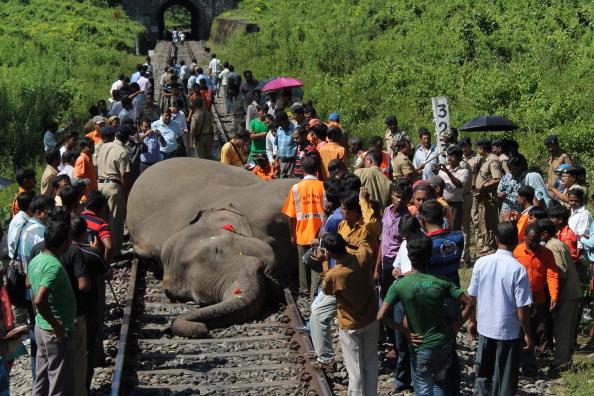The newly bifurcated states of Telangana and Andhra Pradesh will soon have about 100 tigers owing to the conservation efforts at the Nagarjunsagar-Srisailam Tiger Reserve. If the authorities manage to successfully contain poaching in the following years, the tiger population is likely to cross the century mark from an all-time low of 68 in 2014.
Over the last two years, eight female tigers have given birth to an average of three cubs. Some of those cubs would turn two this year and attain adulthood.The cubs were detected by the camera trap equipment which was introduced a few years ago by the wild life crime control bureau.
In the last tiger census report of January 2014, Andhra Pradesh was the only state in South India with depleting numbers of tigers. There was a steep drop from 95 in 2006 to 68 in 2014. But now the numbers look promising and set to increase.
In contrast, all other southern states saw an increase in the numbers of tigers. Karnataka saw an increase from 103 in 2006 to 190 in 2014; Tamil Nadu saw high rates of increase from 76 to 229 and Kerala recorded an increase from 290 to 406 in the same period.
Experts believe, this decline specifically in the twin states is due to the high levels of poaching in Telangana for tooth, skin, and nails. Sale of tiger nails is highly prevalent in Hyderabad, the capital city.
Things have changed for the better since the locals living in Nallamala forests have been assisting the conservationists in supporting tigers.
“Using the cameras we could spot 20 to 22 individuals in Mahabubnagar and Adilabad part of the reserve and some of them have cubs,” said chief wildlife warden, Telangana.
According to officials, cubs and individuals were spotted in Andhra Pradesh too. According to conservationists, tigers prefer moist deciduous forests of Andhra Pradesh to the dry deciduous forests of Telangana.
“In Kawal, Telangana, we spot mostly a floating population of tigers. The moist deciduous forests in Guntur, Kurnool and Prakasam have a good population of tigers,” said Rahul Pandey, an IFS officer working on conservation.
This article was published by Ramya Naresh, a contributing writer for IndiasEndangered.com. This article has been republished with permission, original article here.




